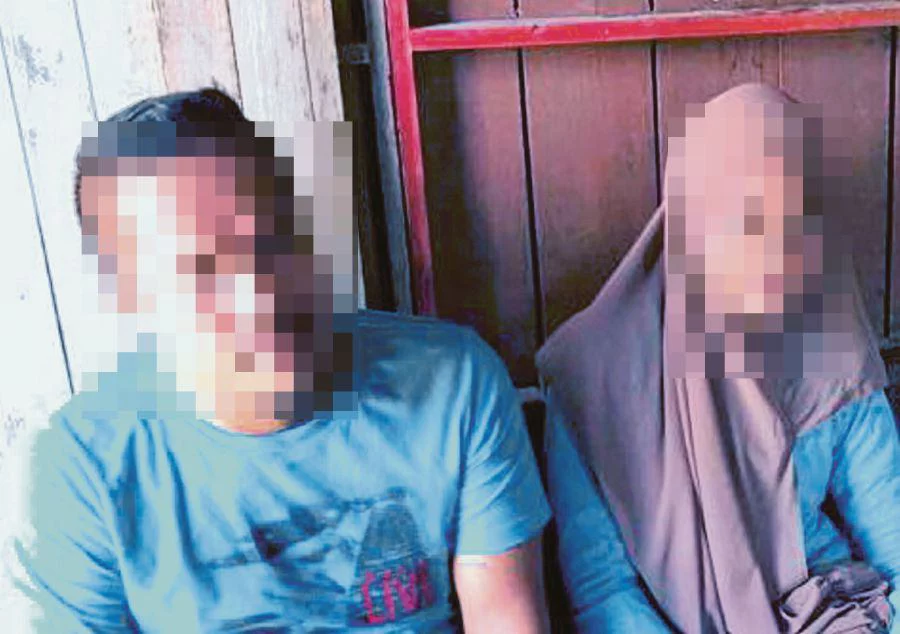THE topic of child marriage has once again thrust Malaysia into the spotlight, especially after the social media uproar over the marriage between an 11-year-old Thai girl and a 41-year-old man from Kelantan.
The viralled news did not just trigger local objections, but also globally. It appears child marriages are not rare in Malaysia. According to a newspaper report, there are more than 1,000 applications each year involving child brides, and 9,061 child marriages recorded over the last five years.
Aside from banning child marriage altogether, which these authors strongly urge, there are three key points for us to bear in mind as the debate continues.
First, we have to understand that child marriage does not solely take place in Malay-Muslim communities. Child marriage affects all races, ethnicity, religion and gender and occurs in other communities, particularly rural. In addition of the total number of cases mentioned above, there are 6,584 cases of marriages between boys below 18 years old and girls below the age of 16.
In 2010, the Health Ministry recorded that Kelantan was the highest with 5.4 per cent of 15- to 19year-olds being married, regardless of gender. This is followed by Sabah at 4.34 per cent and Sarawak at 4.32 per cent.
However, official data of child marriage is scarce and hard to search for. These statistics only reflect the child marriages that have been recorded. The number of child marriages that have been conducted under the radar is unknown. Such marriages are therefore illegal, which then leads to the issue of legal rights — not only for those who are married but their children as well.
Second, there is a lack of education and awareness on sex education. One of the root causes of child marriage is premarital sex and unplanned pregnancies. Educating our children about sex, beyond the reproductive system in science classes, will help to get rid of the stigma associated with discussing such issues.
Another dimension is the fact that those who end up in child marriages have normally dropped out of school, without years of education. We must drive the message across that child marriage is not the means to escape financial difficulties. We must stress that there are other ways of managing financially and we must ensure that such options are readily available. Outreach programmes should be conducted to help raise awareness about the socio-economic issues surrounding child marriage in these communities, and to the parents in particular who may have been victims of child marriage themselves.
This includes providing alternative pathways to financial sustainability. But, perhaps, the most crucial dimension to tackle is that of religious conservatism. According to a Sisters in Islam publication, based on the 2010 population consensus, nearly 153,000 persons below the age of 19 were married in Malaysia, mostly from the Malay Muslim community.
Indeed, the syariah courts here at home can allow Muslims to marry at 16 or younger. Proponents of child marriages often point to the fact that Prophet Muhammad married Aisyah when she was 9 years old. However, it must be stressed that it is against Islamic law to put minors in disadvantageous situations, as child marriage during the Prophet’s time did not entail forcing a child into marriage or to bear the responsibilities of marital duties according to the religion.
Therefore, eradicating child marriage ultimately requires a shift in mindset. This is the third point to consider. Policies to curb child marriage must include initiatives or recommendations that not only address religious conservatism, but also the socio-economic burdens that communities face. These include creating or strengthening child protection systems (such as legal aid systems and services) in rural areas in which there are not many resources available, and the strict enforcement of the minimum age of marriage at 18 years, for both men and women, for all marriages in all legal frameworks.
We should continue to drive the momentum forward in the discussion of the various issues surrounding child marriage in Malaysia.





